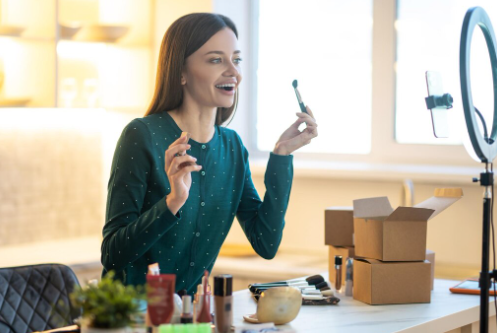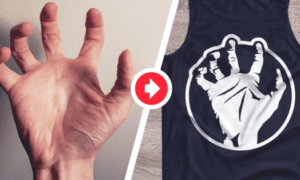Clients in the cosmetic market increasingly approach whitening services with greater scrutiny and deeper awareness. Interest now extends beyond surface-level outcomes to include ingredients, safety standards, and ethical branding. General claims and heavily filtered marketing materials no longer inspire confidence. People are looking for clear answers and meaningful alignment with the values behind each service.
A growing demand for transparency invites clinics to rethink how whitening options are presented. Clear communication about product origins, treatment quality, and care standards builds lasting trust. Clients respond to real language, visible integrity, and genuine attention to detail—all of which contribute to a more confident, informed experience.
Leading With Third-Party Product Transparency Instead of Generic Claims
Trust improves when clinics are transparent about the products they use and the sources behind them. Clients want to feel informed, especially when it comes to materials used during cosmetic procedures. Sharing ingredient details, discussing safety standards, and displaying certifications in the clinic or online creates a stronger sense of reliability. These visible signals reinforce the message that the clinic prioritizes quality and makes informed choices in patient care.
During consultations, honest conversations about product origins help patients feel more involved and assured. Mentioning a trusted teeth whitening supplier—paired with clear reasoning for product selection—adds depth to the clinic’s overall narrative around safety and performance. Clients are more likely to feel confident in both the process and the people delivering it when transparency is built into each step of the experience.
Designing Brand Identity Around Boutique Aesthetics Instead of Medical Minimalism
A boutique-inspired environment signals attention to detail and creates a stronger emotional bond than sterile, clinical spaces. Visual elements—such as earthy tones, natural textures, and soft lighting—convey warmth and care before a word is spoken. Every design choice, from the website to the waiting area, contributes to the story a clinic tells about its values.
A carefully styled space not only puts clients at ease but also reflects a deeper investment in the quality of the overall experience. Design becomes more than decoration—it becomes proof of thoughtfulness, professionalism, and a commitment to creating a personalized, welcoming atmosphere.
Switching From Transactional Packages to Experience-Based Tiering
Curated experiences create stronger emotional connections than standard packages. Instead of listing services by function or price, branding each option around meaningful life moments adds purpose. Titles like Wedding Smile Session or First Date Brightening help clients envision specific outcomes tied to personal stories. An experience-led format invites more emotional engagement, shifting focus away from cost and toward impact.
This approach signals that care goes beyond the procedure itself—it supports milestones that matter. Packaging services in a narrative framework transforms appointments into memorable moments, making the brand feel more human, more attentive, and more deeply aligned with what clients truly value.
Prioritizing Live Client Outcomes Instead of Stock Before-and-After Photos
Highly edited before-and-after photos often create doubt, especially among clients who value authenticity. Instead of polished visuals, people look for proof grounded in reality—unedited images that reflect actual results. Showing a diverse range of real clients helps set expectations and fosters relatability. A gallery built around real outcomes communicates credibility far more effectively than stock photography ever could.
When paired with testimonials that highlight personal motivations and emotional outcomes, the visual story becomes more compelling. Each experience shared adds a layer of trust, showing that the clinic values honesty, care, and meaningful connection over superficial presentation.
Shifting Front Desk Conversations From Clinical to Concierge Language
Staff communication with clients plays a key role in shaping the overall experience. Clinical language might sound professional, but often comes across as cold or distant. A friendlier, more relatable tone leads to more comfortable conversations. Adopting a warmer style of communication supports a relaxed and open atmosphere for each visit.
Encouraging front desk staff to ask about individual client goals—not just procedures—adds a personal touch. Expressing interest in each unique story fosters meaningful connection. A sincere greeting at check-in often sets the tone for a positive experience and increases the chance of return visits.
Strong relationships begin with trust, not just outcomes. Clear communication, real client stories, and inviting environments help create a sense of care that feels genuine. Language used at every touchpoint should sound human and approachable. Photos should reflect actual results across diverse individuals. Staff interactions must feel personal, not transactional. Every detail—design, tone, follow-up—shapes how people feel about the experience. When branding reflects honesty and emotional relevance, interest turns into loyalty. People return to places where they feel seen and valued. Thoughtful shifts in how services are presented can turn one-time visits into lasting client relationships built on confidence.


































